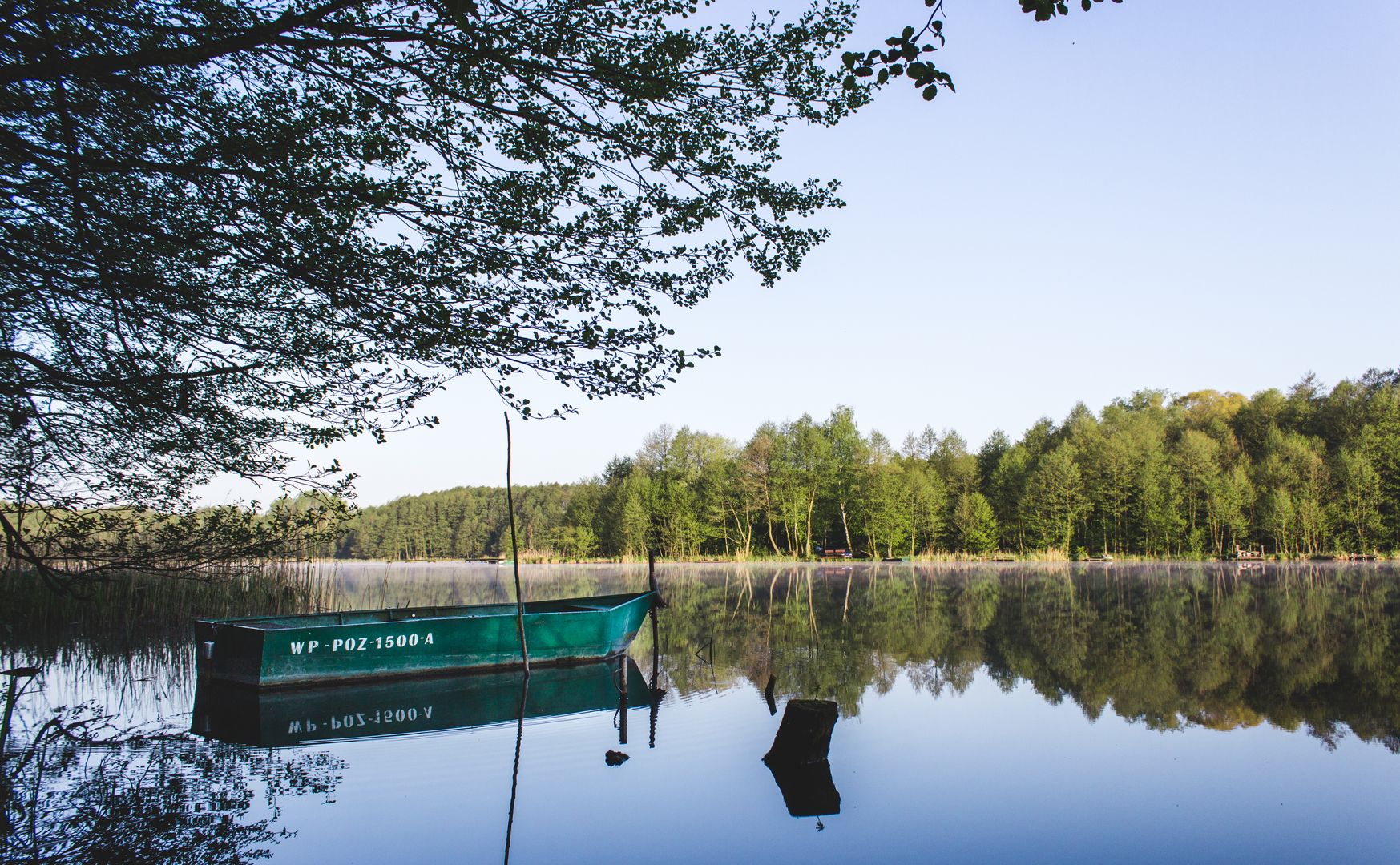Biedrusko
6.47

Overview
Biedrusko, formerly known as Weißenburg, is a village in the Greater Poland Voivodeship, situated on the Warta River, approximately 5 kilometers north of Poznań. It has a population of around 2,479 residents. The history of Biedrusko dates back to the 13th century, and for centuries, the village was owned by the Order of Cistercian Nuns. The order likely acquired Biedrusko between 1491 and 1518. In the 19th century, the village was confiscated by South Prussia, and a large portion of the monastic estate was taken over by Zygmunt von Treskow in 1797, who remained its last owner until the early 20th century.
Between 1904 and 1910, the area of Biedrusko was converted into a military training ground, leading to significant infrastructure development, including the construction of barracks, stables, and a power plant. It also gained cultural significance when Emperor Wilhelm II visited the training camp in 1910. Biedrusko was transformed into an important military center, and during World War I, an Infantry Officer School was established here.
Architecturally, Biedrusko is distinguished by its neoclassical palace, built between 1877 and 1880 by Ludwig Hunha for Albrecht Otto von Treskow. Today, the palace is privately owned and functions as a venue for special events. The surrounding areas of Biedrusko, including the training ground, are rich in diverse natural landscapes, which led to the establishment of a Natura 2000 protected area.
Biedrusko also has connections to the film industry; popular movies such as "With Fire and Sword" and "Four Tank-Men and a Dog" were filmed here. Currently, the garrison in Biedrusko is the largest near Poznań, although the number of stationed soldiers is being systematically reduced. The village plays an important role in transportation due to the only bridge over the Warta in the region and the Pierścień Poznański cycling route. An interesting feature is the preserved monument from the Prussian era, symbolizing the local cultural and historical heritage of Biedrusko.
Location
Tickets
Powered by GetYourGuide
You can also find here:
2025 Wizytor | All Rights Reserved


